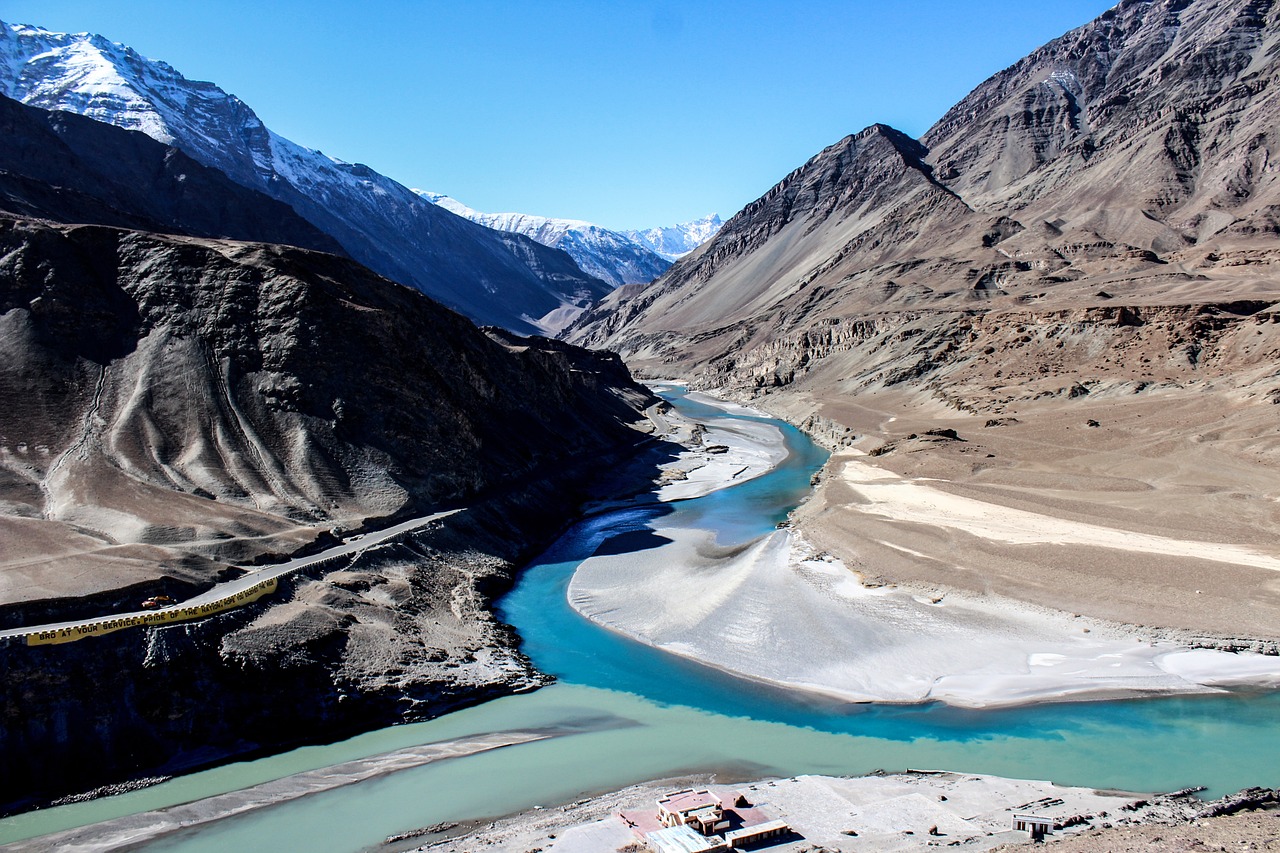
A week after India suspended the Indus Waters Treaty with Pakistan - in the first round of retaliatory measures for the Pahalgam terror attack - the government has begun increasing reservoir storage capacities at two hydroelectric projects in Kashmir, sources told NDTV.
Specifically, 'reservoir flushing' - i.e., removing of sediment - was carried out at the Salal and Baglihar projects by the state-run National Hydroelectric Power Corporation last week.
The government is also expected to accelerate construction of six stalled projects in the region - a 1,856 MW project in Sawalkot, the Kirthai I and I facilities that will generate a combined 1,320 MW, and a 1,000 MW facility in Pakal Dul, as well as three others making a total of 2,224 MW.
Once these six are completed, Jammu and Kashmir could generate up to 10,000 MW of electricity, and there could be more water for irrigation and domestic consumption in the plains.
All of this is significant because if the Indus Waters Treaty, or IWT, were still operational, India would have had to give Pakistan six months' notice before starting construction, during which time Islamabad would have mounted multiple legal challenges to delay or cancel the projects.
NDTV Explains | Indus Waters Treaty, Partition, Planning, Pak Impact
The flushing of the reservoirs was key for the same reason; India had not been able to clean them since they were built in 1987 and 2009 as it had been prohibited by the IWT.
Flushing had been banned as downstream countries, in this case Pak, may face flooding and destruction of property from the force of the released water. It also leads to wastage.
However, sources told Reuters that finally being able to carry out the flushing exercise would "help in more efficient power generation and prevent damage to the turbines". It was pointed out that the 690 MW Salal and the 900 MW Baglihar plants had been operating well below capacity.
With regard to construction starting on the six projects, a major meeting is likely to be held this week between Home Minister Amit Shah, Water Resources Minister CR Patil, Power Minister ML Khattar, Agriculture Minister Shivraj Chouhan, and senior officials from each ministry.
Two meetings - between Mr Shah, Mr Patil, and their ministry officials - have already taken place, in which other possible activities, including initiating of new projects along the Chenab (allotted to India under the IWT) and Jhelum (to Pakistan) rivers and reviving the Wular Lake.
India Suspends IWT
India suspended the IWT with Pakistan on April 24, vowing not one drop of water would cross the border. The IWT is a critical agreement for Pak; it divides the Indus River and its five major tributaries between India and itself, and supplies nearly 80 per cent of that country's farms.
Pakistan, in turn, threatened legal action as it denied any role in the Pahalgam attack, warning, "Any attempt to stop or divert water belonging to Pakistan ... will be 'an act of war'".

The Indus Waters Treaty gives the India rights over the Sutlej, Beas, and Chenab rivers (File).
Since India suspended the IWT there has been talk about how India might effectively stop flow of water to Pakistan, as Delhi seeks to put non-military pressure on Islamabad to stop state-sponsored terrorist cross-border activity.
The general opinion is that India cannot stop water flow immediately - for the simple reason that it does not have reservoirs to store the surplus. This morning, however, Delhi, did briefly stop water through the Baglihar Dam. It was a temporary move because the reservoir can hold a limited capacity only.
READ | India's Water Warning To Pak As It Blocks Dam On Chenab
However, coming amid tensions in the wake of Pahalgam, it is a clear warning sign for Pak.
The Chenab, on which the Baglihar dam is built, is a 'western river'. Pak is entitled to its unrestricted use. India can only use it for agriculture, hydroelectric projects, or other 'non-consumptive use'.
Overall, building of dams and reservoirs had been banned, or at least regulated under the IWT; on the three rivers allocated to Pak, for example, India could only build plants without big storage facilities.
But now, if India pushes through with its threat to completely cut off water to Pakistan, more dams and reservoirs will have to be built, and the suspension means India can now pursue such projects "at will", Kushvinder Vohra, the ex-head of the Central Water Commission, who worked on Indus disputes, said.
India's Military Response?
Meanwhile, the buzz continues about India's possible military response to the attack, which has been claimed by The Resistance Front, an offshoot of Pakistan-based terrorist group Lashkar-e-Taiba.
READ | PM's Free Hand To Forces To Respond To J&K Attack: Sources
India has said it has evidence that the Pakistan deep state was involved in this attack.
READ | Pak 'One Of World's Most Dangerous, Terror Trail In Moscow, London'
Last week Prime Minister Narendra Modi reportedly gave the armed forces a free hand in planning and executing that response. Amid speculation over what that response might be, this morning Mr Modi met Defence Secretary Rajesh Kumar Singh, a day after he spoke with Air Chief Marshal Amar Preet Singh.
In 2019 after another Pak-based terror group - Jaish-e-Mohammed - killed 40 soldiers in J&K's Pulwama, India launched a precision air strike at terror camps in Balakot in Pakistan.
NDTV is now available on WhatsApp channels. Click on the link to get all the latest updates from NDTV on your chat.
Track Latest News Live on NDTV.com and get news updates from India and around the world

